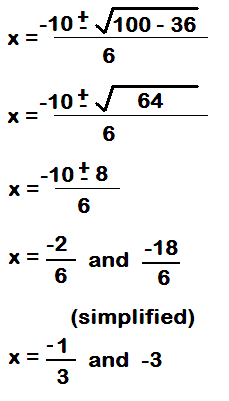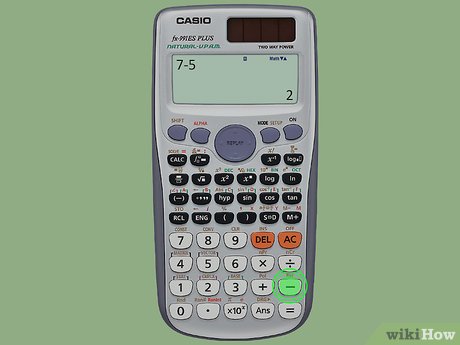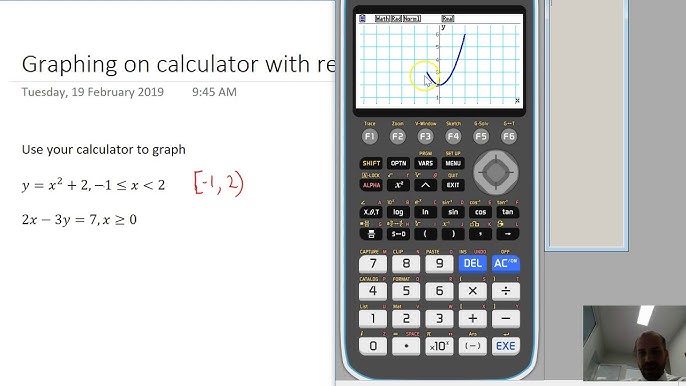Have you ever found yourself purchasing a fridge, loading up a moving truck, or trying to determine how much soil your garden requires – only to realize you don’t know the space available to you? Cube feet come into play here.
Cubic feet are the key to accurately measuring volume in any situation – be it storage units, renovation projects or even just figuring out the airflow needed for cooling by your new AC. Plus, no math whizzes required!
Without much guesswork or frustration, you can quickly master cubic feet. We will provide real-life examples and easy steps so that no more guessing!
What Are Cubic Feet and Why Do They Matter?
Cubic feet (ft3) measure volume: the three-dimensional space something occupies. Unlike square feet which only account for length and width measurements, cubic feet include height too.
Square Feet (ft2) represent the area of your floor; cubic Feet (ft3) represent the total space from floor to ceiling. Utilising cubic foot calculations helps when buying furniture, calculating shipping costs or planning DIY projects; being aware of how they work allows you to avoid purchasing too much (or too little) material and saves both money and time!
Choose the appropriate appliances, storage space or moving boxes and save money while optimizing space usage.
Trust me–do not guess at these measurements; otherwise you risk purchasing a refrigerator that doesn’t fit through your door or having to purchase an undersized truck to transport all your goods.
Calculating Cubic Feet
No need for complex math! Here’s the easy formula that does all the hard work:
Cubic Feet (ft3) = Length (inches), Width (inches) and Height (inches).
Simple! Three quick measurements, one multiplication operation and you are finished.
Pro Tip: If your measurements don’t use feet as their unit of measurement, convert them first! A free online scientific calculator can assist in this effort and convert inches, yards or centimeters to feet before performing calculations.
Real-World Examples: Measuring Like a Pro
Let’s put this formula to the test in some everyday scenarios.
Example 1: Packing a Moving Box
Imagine that you are moving and need to determine whether your favorite lamp and books can fit inside of a box that measures […].
Length: 3 feetWidth: 2feetHeight: 2 feet The sum is 12 feet3
Your box contains 12 cubic feet of space; now it is clear how much can fit inside before closing up!
Example 2: Renting a Moving Truck
Moving trucks are measured in cubic feet. If you’re trying to decide between renting a 10-ft3 and 15-ft3 truck, measuring your packed items may help make the best choice for you.
Imagine that your stacked boxes and furniture occupy an area measuring:
Length: 5 feet WIDTH: 3 feetHEATTHREAT = 60 Ft3
Your vehicle would require at least 60 cubic feet, with additional room if you are poor at playing Tetris.
Example 3: Buying a Refrigerator
Have you seen refrigerators listed as having “18 cubic feet,” yet had no idea what that actually means?
Measure a refrigerator that is:
Length: 2.5 feet WIDTH: 2 feet HEAT LOADER SIZE = 30FT3
So if your kitchen only has space for a 25 cubic-foot fridge, that could leave 30 cubic feet in your fridge going unused!
What If Your Measure Has Irregular Shapes?
Not every thing you measure will fit neatly into a box. Here’s how you can deal with irregularly-shaped objects:
L-Shaped Spaces: Break them down into smaller rectangles, calculate cubic feet for each one and combine the results.
Cylinders (like barrels or pipes): For this volume formula you may require help; there is a scientific calculator online free that may assist.
Slanted or Uneven Spaces: Before calculating cubic feet, take an average height measurement.
Are You Finding Cubic Feet Calculation Hard?
Here Are Tools That Will Simplify the Process Not one for manual mathematics? Here are a few free online tools to make cubic foot calculations simpler:
Utilize a Free Online Scientific Calculator – ideal for quick unit conversions or advanced volume calculations.
Or use the Cubic Feet Calculator: just enter your dimensions, and it does the rest!
Use Your Phone’s Calculator – When it comes to simple multiplication tasks, using the calculator built into your phone should work just fine!
Expert Tips to Save Time & Money
Now that you know your way around cubic feet calculations, here are a few insider tricks that will make them even more helpful:
1 Convert First, Then Calculate
Before multiplying any measurements taken in inches, yards or meters into feet for calculation, convert them first using an online scientific calculator that offers free conversion services.
2. Always Round Up
When estimating for moving trucks, storage, or materials, always round up your cubic feet measurements rather than down. Extra space is always preferable over running out.
3 Check Manufacturer Specs
To save yourself time when shopping for appliances or furniture, always read product details first–they often list cubic footage for easy calculation!
4 Measure Twice, Buy Once
Spending extra time double-checking your measurements can save you from making costly errors such as purchasing the incorrect size refrigerator or underestimating how much soil is necessary for a job.
5 Use Apps & Online Tools
Instead of manually converting measurements or guesstimating numbers, using an online scientific calculator free can make the conversion faster and more accurate.
Final Thoughts: Measure Smarter, Not Harder
Cubic feet may seem like an insignificant detail, but getting it right can save time, money, and hassle when packing, moving, purchasing furniture or remodeling your home. Being familiar with how to calculate cubic feet ensures you never run out of room–or overpay for something too large–when planning any project.
Remember: Cubic Feet = Length x Width x Height If needed, convert to cubic feet first using an online scientific calculator for assistance and round up to avoid space issues.
Next time you are faced with a volume measurement challenge, don’t guess–measure like an expert and make smart and space-saving decisions!












